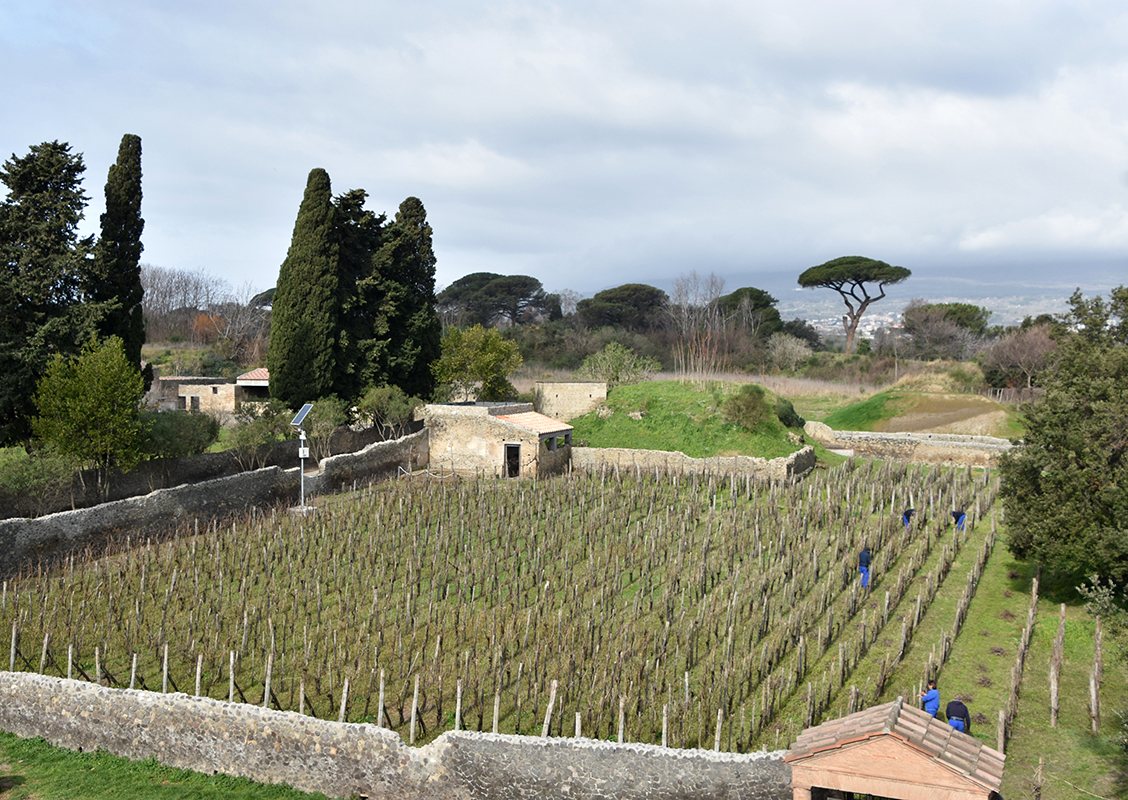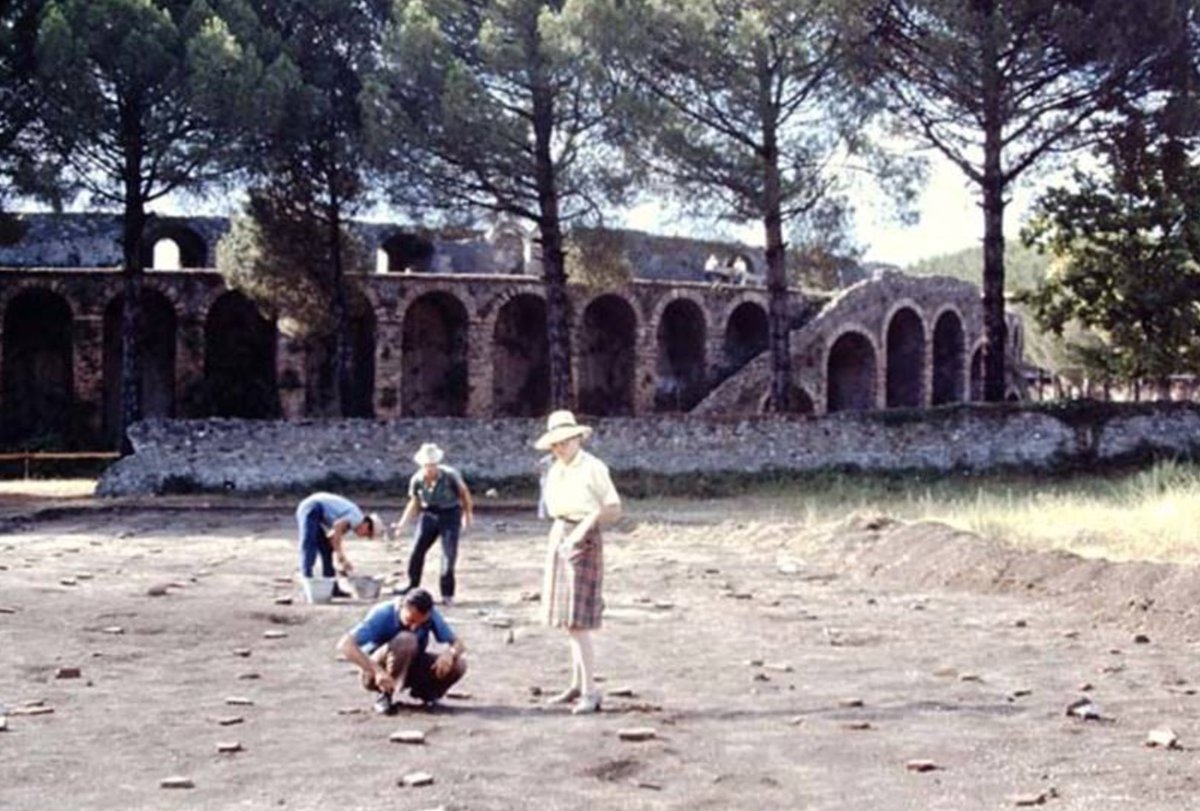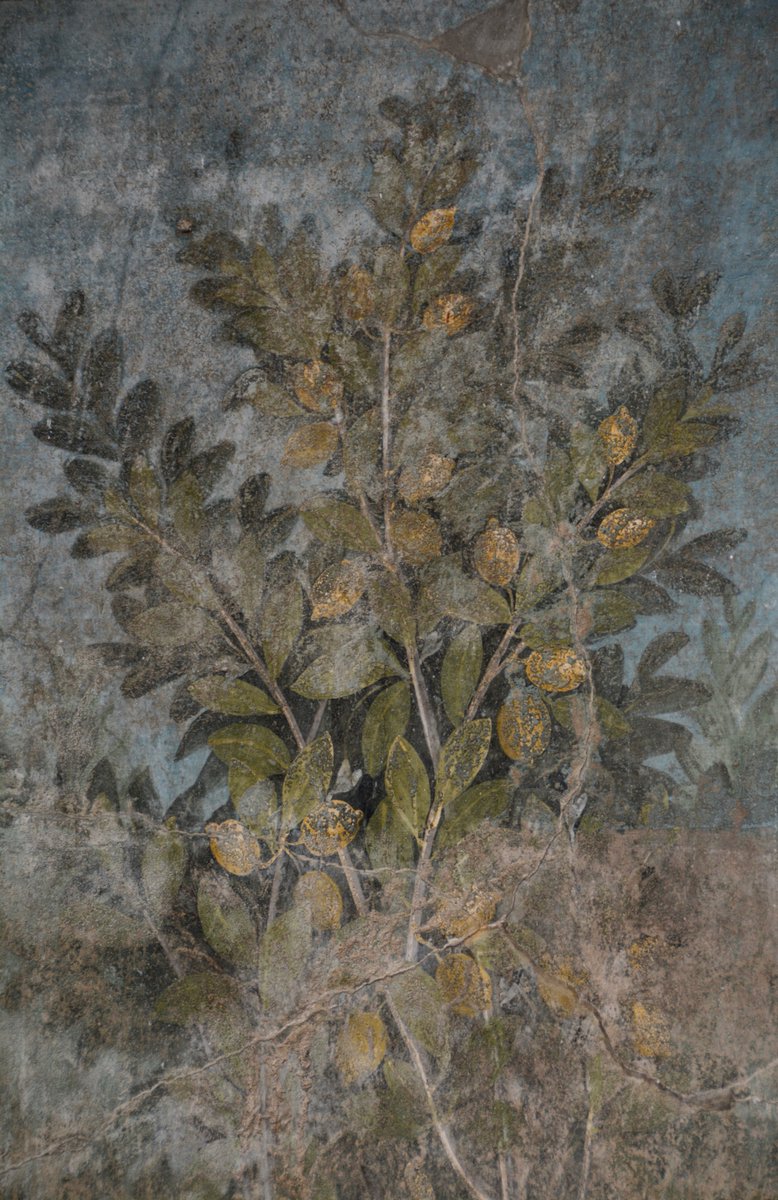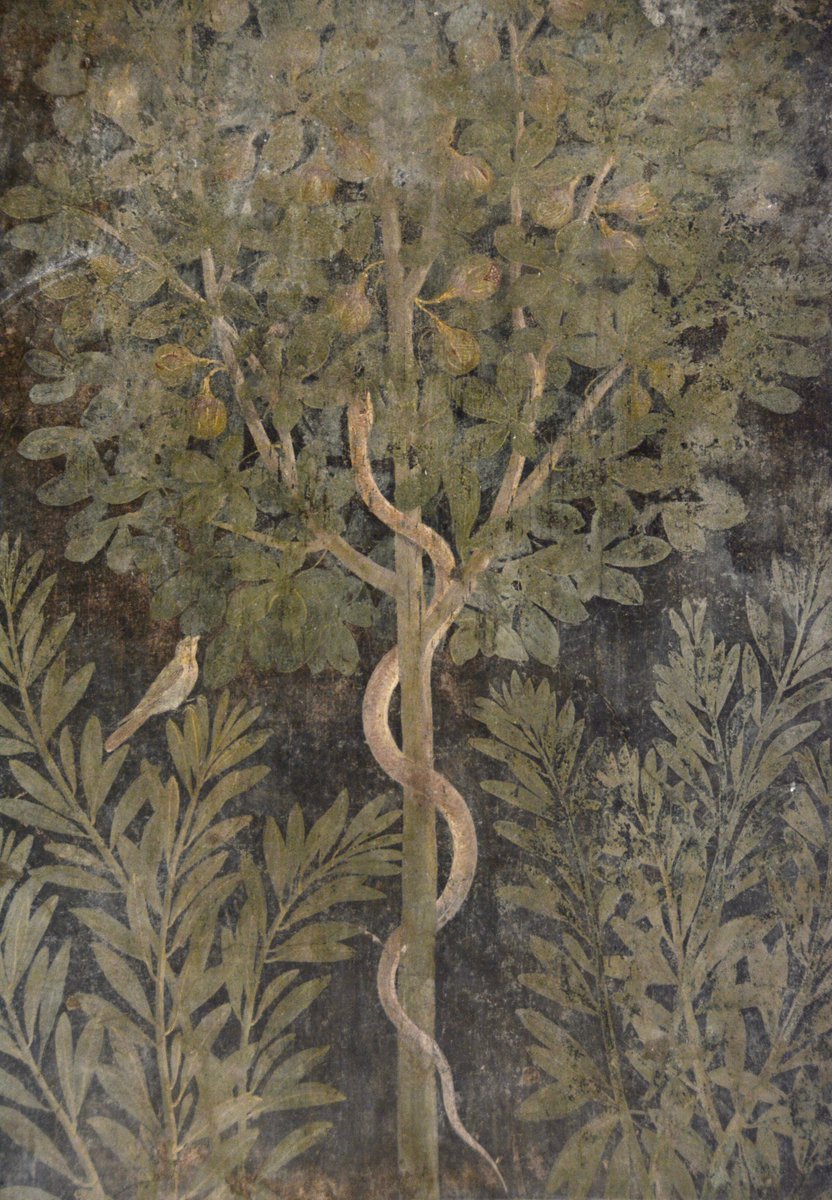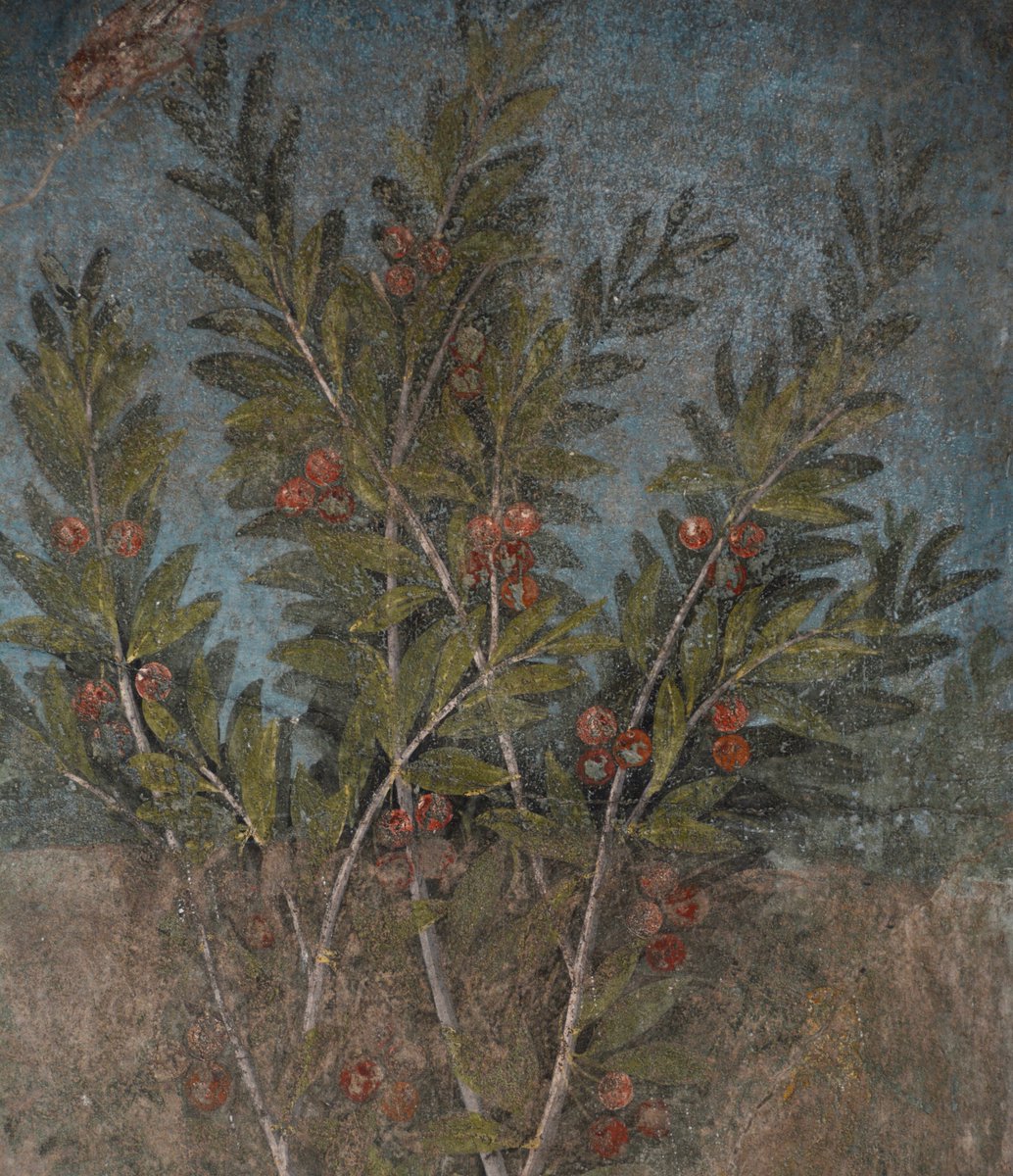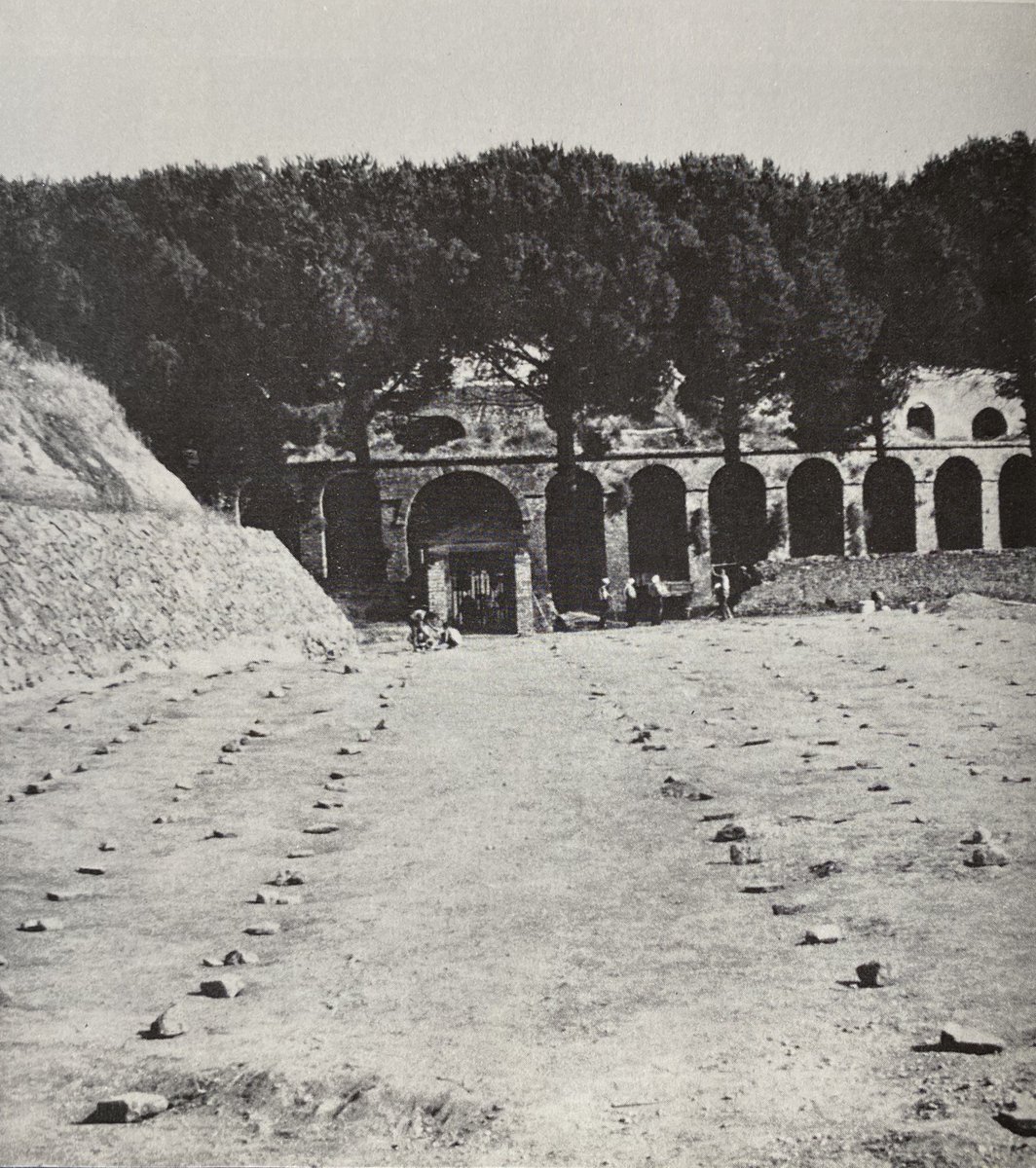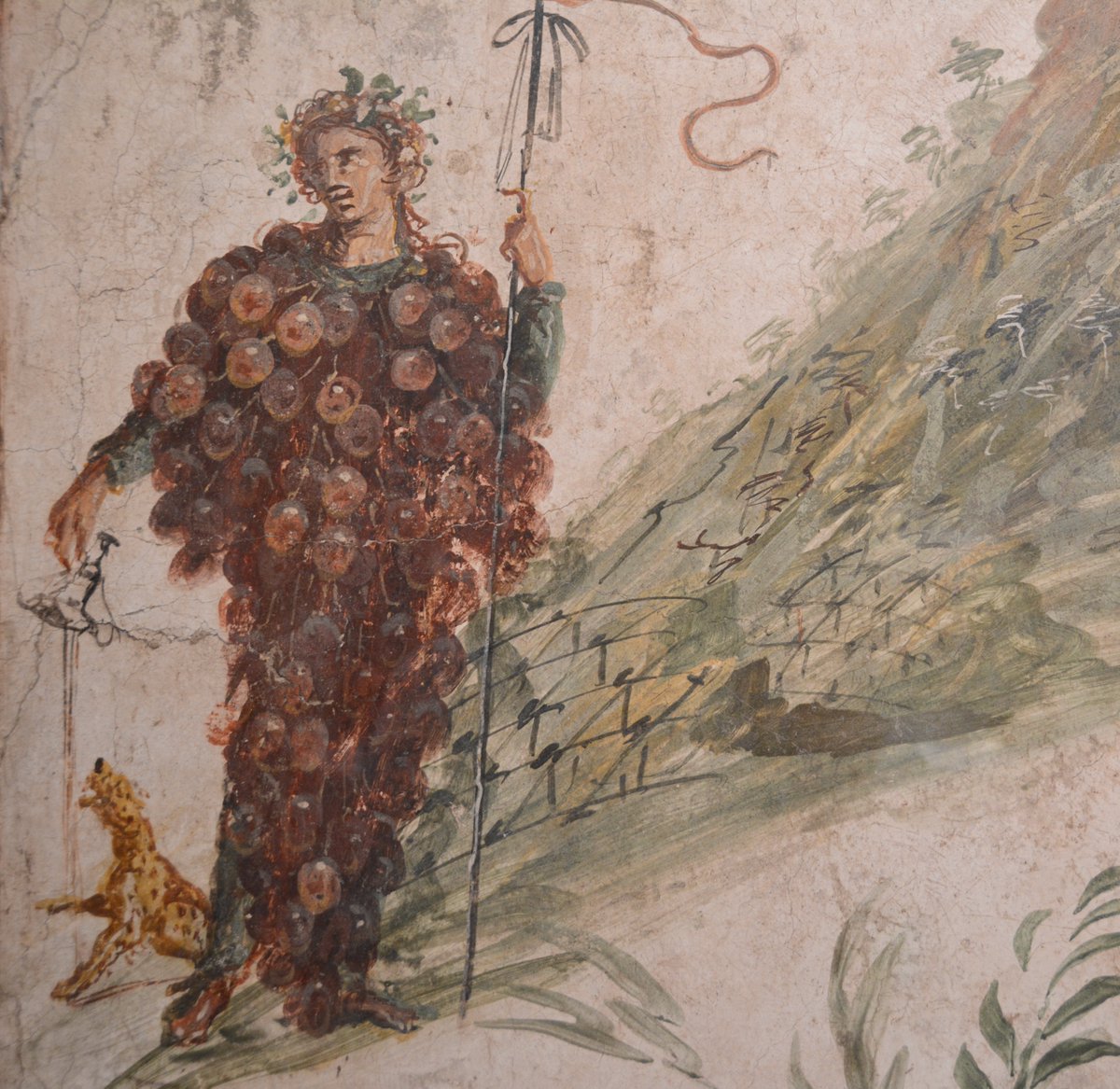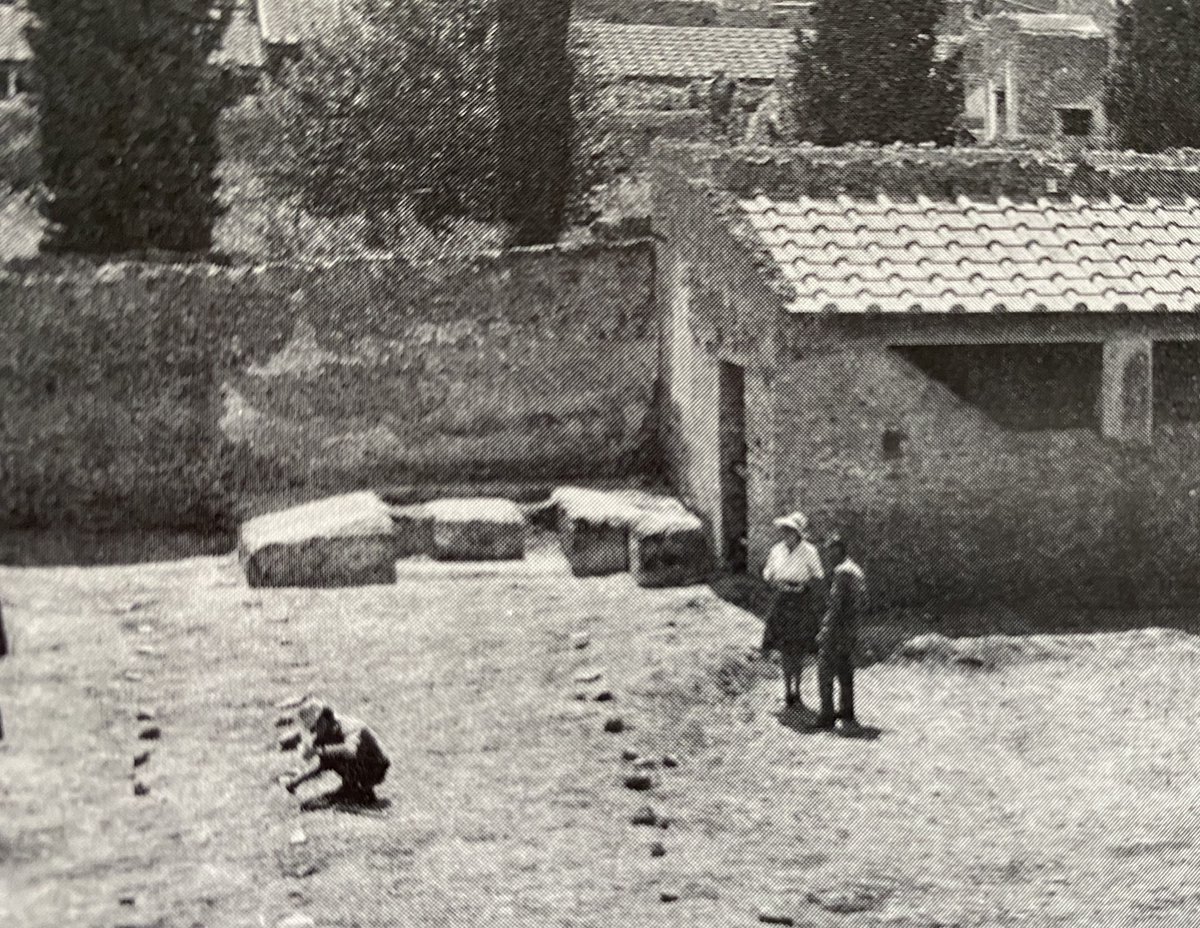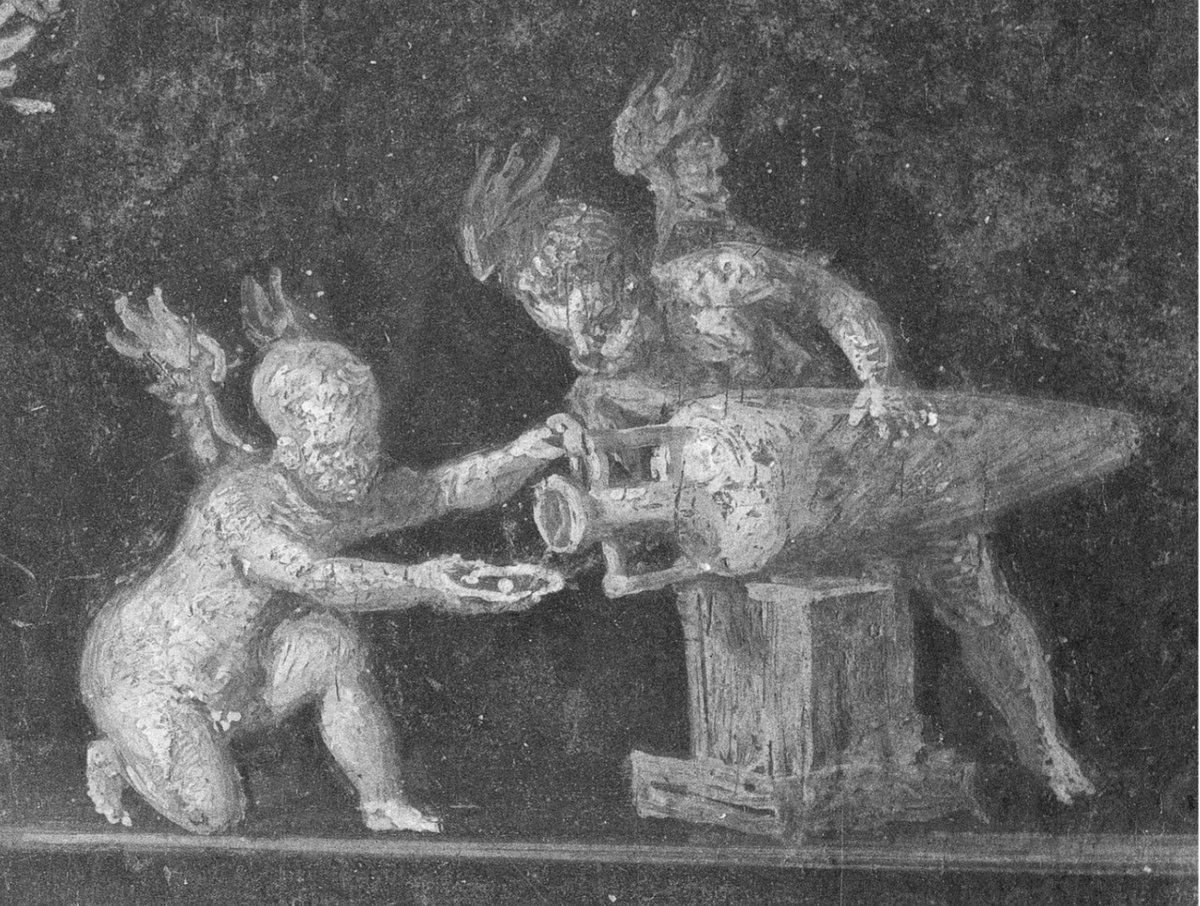The new ‘Green’ itinerary, that visitors can enjoy in Pompeii, celebrates gardens in the city. One of the largest gardens is found next to the amphitheatre,occupying an entire insula block, & has been variously identified as a cattle market (Forum Boarium) &gladiator cemetery
Only in the 1960s did Wilhelmina Jashemski discover the real use of this Insula block. When she excavated she uncovered the voids in the soil left by the decomposed plant roots & made plaster casts of them to identify the species.She revealed the layout of an extensive vineyard
Among the 2000 vine roots found in this Insula, 58 tree roots were identified. Many were probably fruit trees such as fig, apple and pear but also an olive tree. The larger roots suggest poplar trees and the carbonised remains of beans suggest vegetables may have been grown.
Columella, writing in the 1st century AD, recommends that pathways in vineyards help the labourers access the vines to repair the wooden stakes as well as facilitate the grape harvest. Jashemski found 4 wide pathways dividing the rows of vines.
The stake holes would have supported a wooden frame along which the vine grew. This structure was documented by the ancient authors & called ‘vitis compluviata’ as it resembled the opening in the roof of an atrium in a house and appears in this fresco on the slopes of Vesuvius
Evidence of a wine press & 10 sunken jars in which the wine was stored were found in a small building. Each ‘dolium’ held 275 gallons of wine. Two outside dining areas with 3 couches suggest customers could sit and sample the wine, perhaps before an event in the amphitheatre.

 Read on Twitter
Read on Twitter